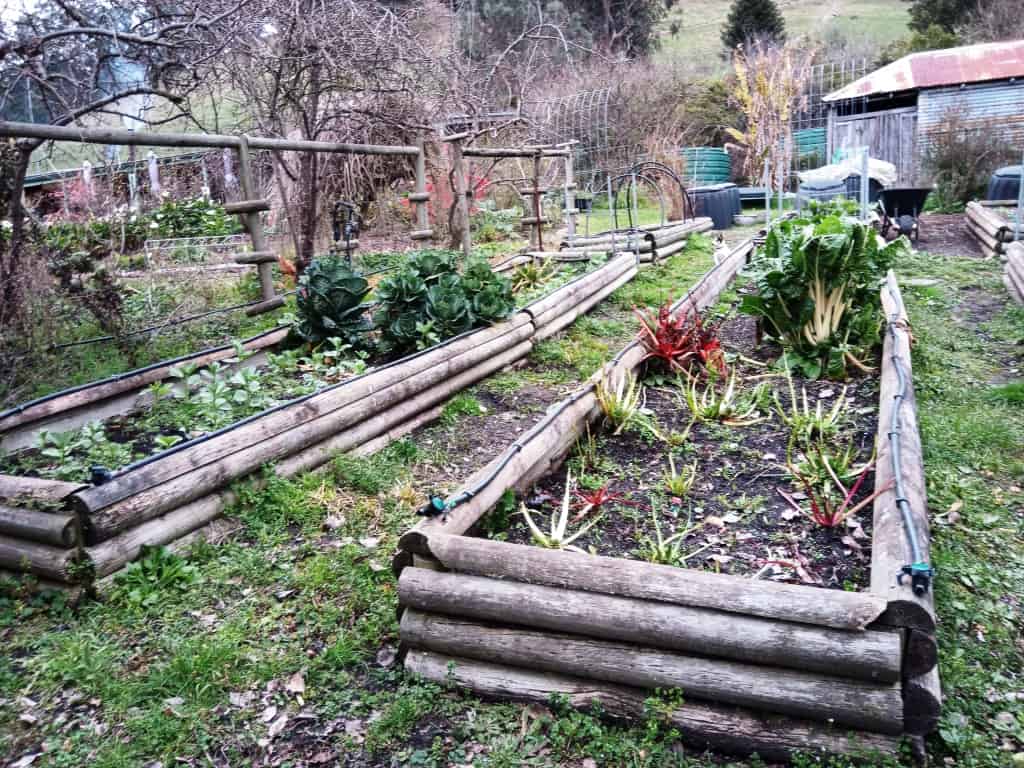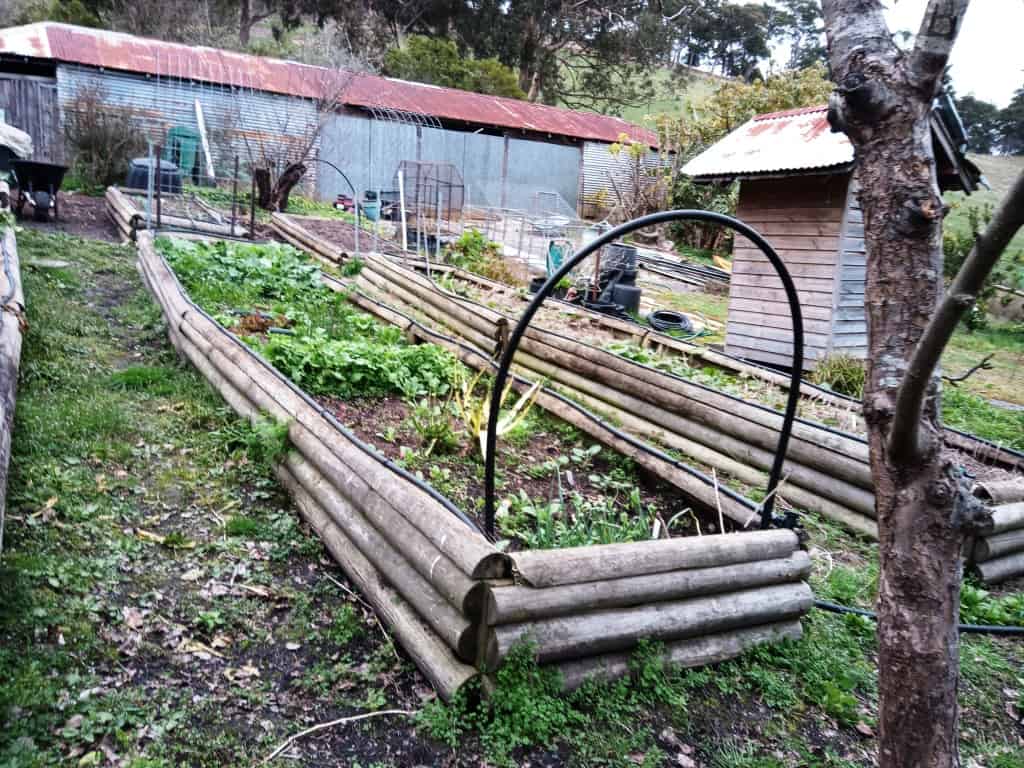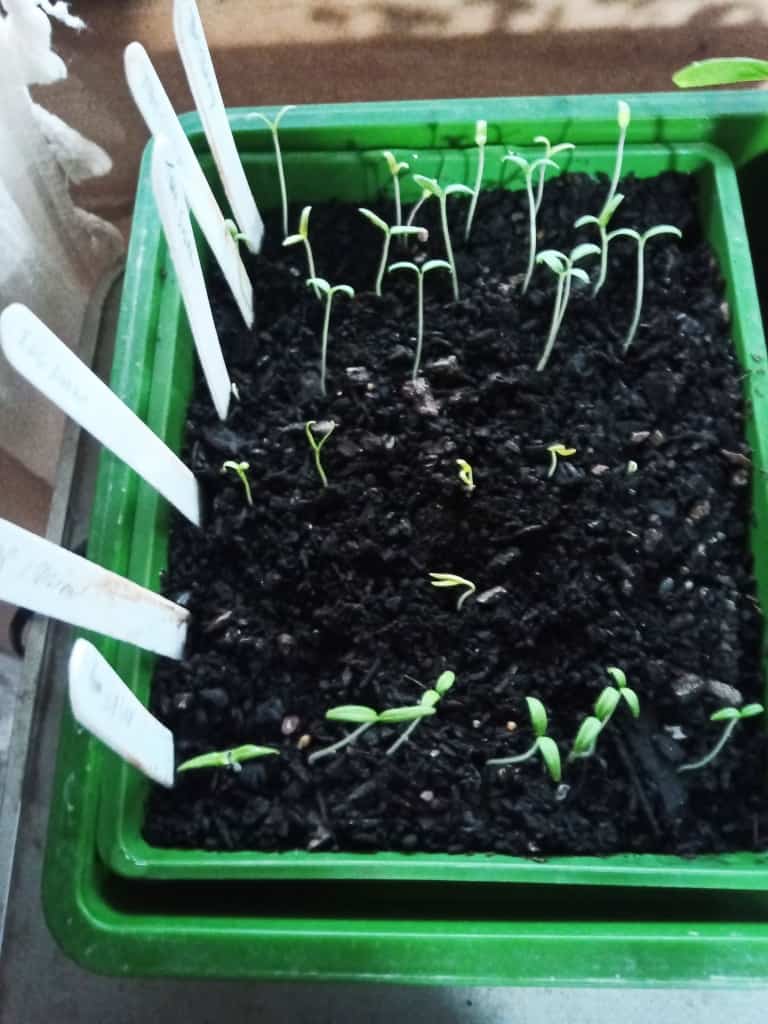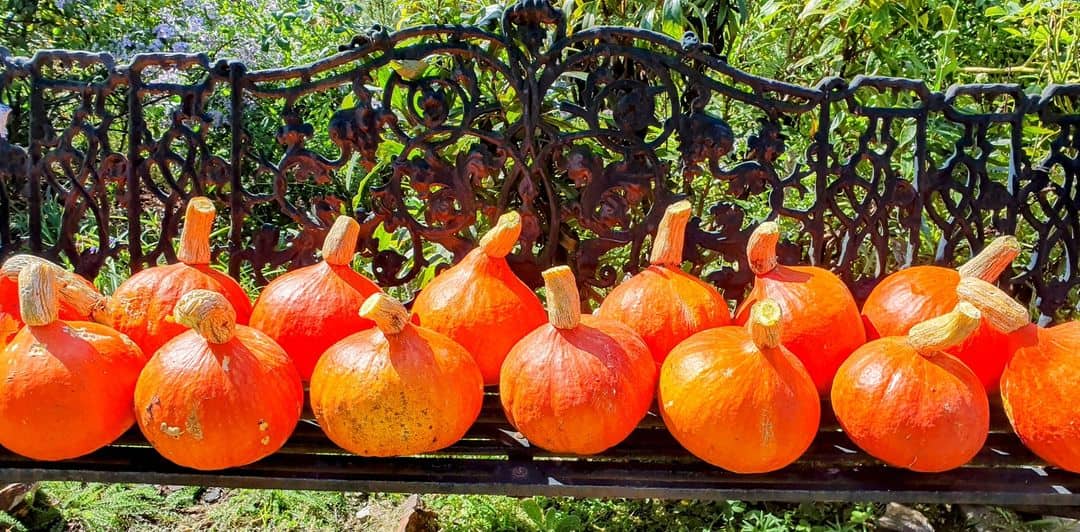That is things which produce a harvest in as little time as possible are something you should be giving serious thought to. You need to be collecting seeds from such plants (not F1 hybrids from which no useful seeds can be collected). Many varieties of all the common vegetables were long ago developed for use in colder climes or to produce multiple crops in warmer ones. ‘Diggers’ is a good source but there are many others.
There are tomato varieties for example which will set fruit in weather as cold as 5C and (others) which will deliver a crop within six weeks of sowing. 6-8 weeks for a crop is also possible with capsicums, eggplants, zucchinis, cucumbers, melons…you name it.
You will have to hunt through seed catalogues to find them (they are becoming rarer) and once you have them you will need to save (and share) the seeds. Some vegetables also come in ‘perennial’ forms, not just rhubarb, shallots and spinach.
You should try everything you can get your hands on. We have a wonderful ‘patch’ of Jerusalem artichokes for example. These are truly delicious. Unfortunately some people lack an enzyme to properly digest them and they produce quite painful indigestion. We are (sadly) amongst that group.
The mandated increases in the cost of energy (and the really desperate coming shortage of urea – if there is not to be a complete an on especially nitrogen fertilisers as in Sri Lanka, Holland etc) will mean that food will become scarce or very expensive.
We are building currently two greenhouses (to replace a coupe of cheap ones which have ‘had their day’) which will give us an abundance of ‘summer’ crops over winter and really heat dependent crops (eg melons) over summer here in Southern Vic where it is difficult to grow such things.
Our vegie garden is also completely planted out already and will be expanded – as will our orchards. I notice greenhouses and seeds are already in short supply. When the urea finally dries up and the trucks stop bringing the produce down from the North things will get tough. Time to get out into the back yard with a hoe.
A couple of snaps of part of our vegie garden in late July (at its absolute worst) just to get you inspired. Pesky possums have been devouring the silver beet and there are also some rabbits which need to find their way into the pot (soon). I have just bought a new Gamo Magnum air rifle (1250 fps in .22 calibre) for just this purpose (without alarming the neighbours!).
We eat things from the garden/orchard all year round but I admit winter is the ‘leanest’ season – and that we have been somewhat remiss due to knee issues, lambing etc, but we are catching up on jobs around the block. Early spring will see us with a nice surplus.
We try to grow all sorts of things here at Jeeralang even though we live in Southern Victoria. In the photo you can see two bananas, an avocado and a mountain paw paw as well as heaps of other fruit trees: pear, nashi, quince, tamarillo, passionfruit, apple, blueberry, guava…there are over a hundred others scattered about and more are added every year.
Of course the parrots, possums and currawongs eat most of the fruit but we always manage to get ‘our’ share. And of course we always have lamb to eat (as we are sheep farmers) as well as fish, crayfish and deer when we want it (as we are also hunters).


You can get your plants started early with a $10 propagator next to a window. This one cost more like $20 and has bottom heat (recommended – especially for growing cuttings). Here you see several varieties of tomato, eggplant and capiscum already up in less than a week. They will be in the greenhouse in a bit over a week. Some will produce crops by the end of September!
I know you want to know the names so here they are: Ukranian Purple Tomato (This is the fastest tomato I have ever seen), Italian (long) capsicum, Long Purple Egg Plant, Sugarlump Tomato, Soldaki Tomato, Tommy Toe Tomato. The leaf on the right is a Japanese climbing cucumber.

Just in case you wondered whether we had crops, here are some ‘Potimarron’ pumkins with a delightful chestnutty flavour:

Lots more posts about our self-sufficient farming lifestyle can be found here:
but see also for example:
